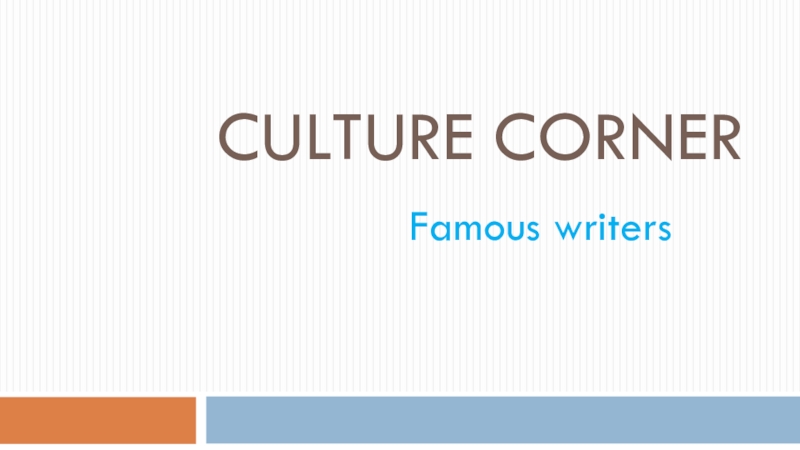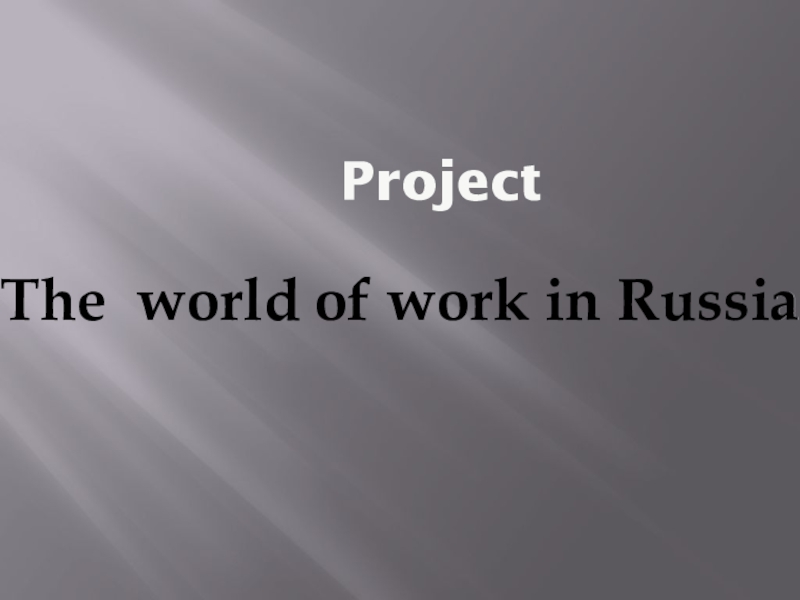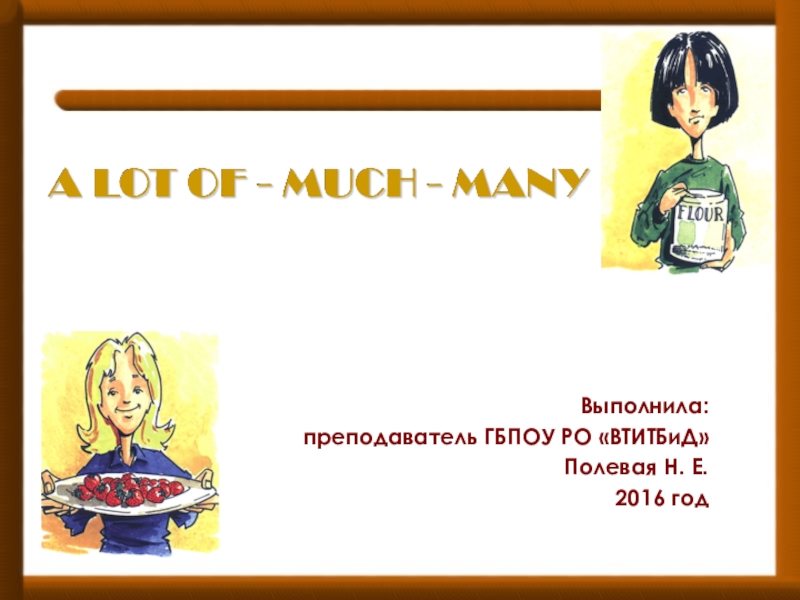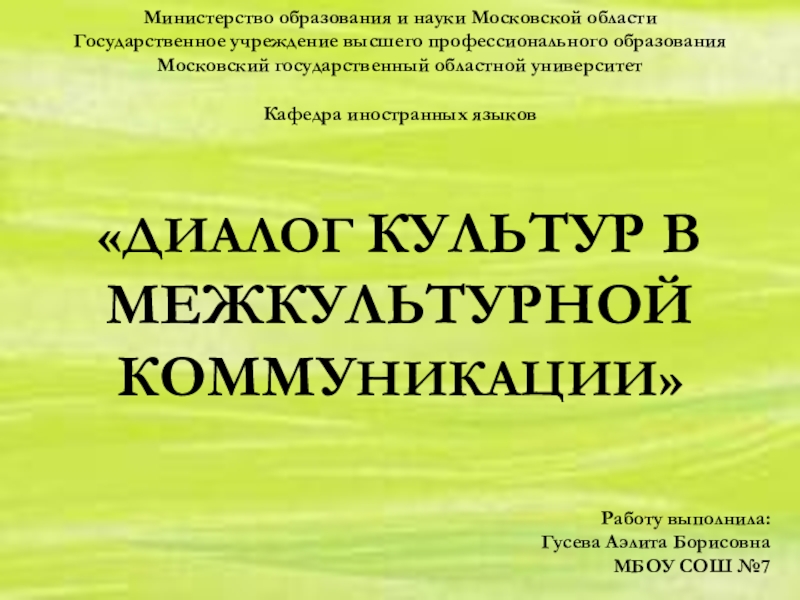- Главная
- Разное
- Образование
- Спорт
- Естествознание
- Природоведение
- Религиоведение
- Французский язык
- Черчение
- Английский язык
- Астрономия
- Алгебра
- Биология
- География
- Геометрия
- Детские презентации
- Информатика
- История
- Литература
- Математика
- Музыка
- МХК
- Немецкий язык
- ОБЖ
- Обществознание
- Окружающий мир
- Педагогика
- Русский язык
- Технология
- Физика
- Философия
- Химия
- Шаблоны, фоны, картинки для презентаций
- Экология
- Экономика
Презентация, доклад по английскому языку на тему Выборы презедента 1789 года в США (10 класс)
Содержание
- 1. Презентация по английскому языку на тему Выборы презедента 1789 года в США (10 класс)
- 2. The United States presidential election of 1788–89 was the
- 3. On February 4, 1789, the Electoral College
- 4. It was the first presidential election in
- 5. Before this election, the United States had
- 6. The enormously popular Washington essentially ran unopposed.
- 7. CandidatesNo political parties existed at the time
- 8. Washington's immense popularity made the question of
- 9. Federalist candidates1. John Adams, former ambassador to Great Britain from Massachusetts2. John Jay, United States Secretary of Foreign Affairs from New York
- 10. 3. John Rutledge, former Governor of South Carolina
- 11. 5. Samuel Huntington, Governor of Connecticut6. Benjamin Lincoln, former U.S. Secretary of War from Massachusetts
- 12. Anti-Federalist candidatesGeorge Clinton, Governor of New York
- 13. Results(a) Only 6 of the 10 states casting
- 14. On April 30, 1789, at Federal Hall
- 15. "I, George Washington, do solemnly swear that
The United States presidential election of 1788–89 was the first quadrennial presidential election. It was held from Monday, December 15, 1788 to Saturday, January 10, 1789.
Слайд 2The United States presidential election of 1788–89 was the first quadrennial presidential election. It
was held from Monday, December 15, 1788 to Saturday, January 10, 1789.
Слайд 3On February 4, 1789, the Electoral College convened. Ten states cast
electoral votes: Connecticut, Delaware, Georgia, Maryland, Massachusetts, New Hampshire, New Jersey, Pennsylvania, South Carolina, and Virginia. New York, however, failed to field a slate of electors. North Carolina and Rhode Island were unable to participate because they had not yet ratified the Constitution. After a quorum was finally established, the Congress counted and certified the electoral vote count on April 6.
Слайд 4It was the first presidential election in the United States of
America under the new United States Constitution, which was adopted on September 17, 1787, and the only election ever to take place partially in a year that is not a multiple of four. In this election, George Washington was unanimously elected for the first of his two terms as president, and John Adams became the first vice president.
Слайд 5Before this election, the United States had no chief executive. Under
the previous system agreed to under Articles of Confederation, the national government was headed by the Confederation Congress, which had a ceremonial presiding officer and several executive departments, but no independent executive branch
Слайд 6The enormously popular Washington essentially ran unopposed. The only real issue
to be decided was who would be chosen as vice president. Under the system then in place, each elector cast votes for two persons; if a person received a vote from a majority of the electors, that person became president, and the runner-up became vice president. All 69 electors cast one vote each for Washington. Their other votes were divided among eleven other candidates; John Adams received the most, becoming vice president. The Twelfth Amendment, ratified in 1804, would change this procedure, requiring each elector to cast distinct votes for president and vice president.
Слайд 7Candidates
No political parties existed at the time of the 1788–89 presidential
election. Candidates were either Federalists, meaning they supported the ratification of the Constitution, or Anti-Federalists, meaning they opposed ratification.
Слайд 8Washington's immense popularity made the question of who would be the
first president only a technical one. The real race was for the vice presidency, which was contested by nine individuals of varying prominence in the United States. However, because the voting procedure of the time did not distinguish between votes for president and vice president, all were technically candidates for president along with Washington.
Слайд 9Federalist candidates
1. John Adams, former ambassador to Great Britain from Massachusetts
2. John Jay, United States
Secretary of Foreign Affairs from New York
Слайд 103. John Rutledge, former Governor
of South Carolina
4.John Hancock, Governor of Massachusetts
Слайд 115. Samuel Huntington,
Governor of Connecticut
6. Benjamin Lincoln, former U.S. Secretary of War from Massachusetts
Слайд 13Results
(a) Only 6 of the 10 states casting electoral votes chose electors
by any form of popular vote.
(b) Less than 1.3% of the population voted: the 1790 Census would count a total population of 3.0 million with a free population of 2.4 million and 600,000 slaves in those states casting electoral votes in this election.
(c) Those states that did choose electors by popular vote had widely varying restrictions on suffrage via property requirements.
Слайд 14On April 30, 1789, at Federal Hall in New York City, the
first capital of the United States, Washington took the presidential oath of office. With a hand on the Bible, a "sacred volume" borrowed from a local Masonic lodge and subsequently known as the "George Washington Inaugural Bible," he said:
Слайд 15"I, George Washington, do solemnly swear that I will faithfully execute
the Office of President of the United States, and will to the best of my Ability, preserve, protect and defend the Constitution of the United States." At that moment, the Chancellor of the State of New York, Robert Livingston, the person who administered the oath to the first chief executive, exclaimed, "Long live George Washington, President of the United States!"




















